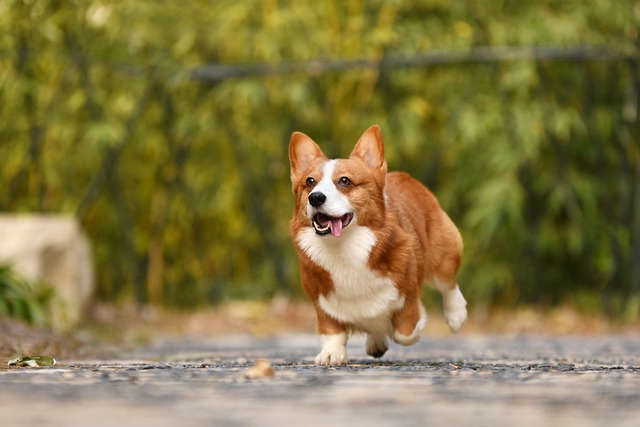
How can I tell if my dog's heatstroke is serious
Let’s be real: It’s a sticky August morning in Los Angeles, and you took your 2-year-old Golden Retriever, Max, for a walk a little later than usual
Picture this: You’re wearing black pants for your Seattle job interview when your Golden Retriever shakes, releasing a fresh blizzard of fur onto your outfit. Desperate, you eye that "Shed Control" shampoo at PetSmart. But can soap really solve this hairy situation? Let’s untangle the facts beneath the lather.
Scientifically, shedding is driven by internal factors – hormones, diet, and seasonal light changes. While no shampoo stops normal shedding, the right formula supports coat health to minimize excessive fur loss. Quality shedding shampoos work by hydrating skin (preventing brittle hair breakage) and loosening dead undercoat during baths. Look for oatmeal, aloe vera, or Omega-3 infused formulas. Avoid human shampoos or "heavy degreasers" – their harsh pH strips natural oils, triggering rebound oil production and more shedding. That bargain shampoo causing dandruff? It’s likely worsening your problem.
Maximize results with technique: Start by thoroughly brushing before bath time using an undercoat rake – this removes up to 70% of loose fur before water hits. Use lukewarm water (test with your wrist) and massage shampoo primarily on the back, sides, and tail base where shedding concentrates. Let it sit 5 minutes (set a phone timer!) while offering a lick mat smeared with peanut butter. Rinse twice as long as you lather – leftover residue causes itching and hair damage. Follow immediately with a conditioner specifically for shedding control to seal the hair cuticle.

This grooming ritual aligns with U.S. animal welfare ethics. Never punish a dog for shaking off suds – use positive reinforcement like praise and treats during baths to create stress-free experiences. Legally, ensure your dog’s Rabies and DHPP vaccines are current before salon deshedding treatments (required in 48 states). Always clean bath runoff containing fur from shared apartment drains – clogged pipes violate most leases. After baths, promptly collect loose fur from yards; uncollected "fur tumbleweeds" can incur fines up to $150 in Denver parks.
Apartment dwellers, strategize: Bath in tubs with hair-catching drain covers. Blow-dry on "cool" setting only – high heat damages coats and risks noise complaints in thin-walled buildings. Never air-dry dense-coated breeds indoors; trapped moisture breeds mold violating health codes.
Community awareness matters: At dog-washing stations in Portland pet stores, clean all shed fur from tubs after use – it’s unwritten etiquette. Notice bald patches? Skip the dog park until cleared by your vet; excessive shedding could signal contagious issues.
Ultimately, shampoo is one tool in your shedding arsenal – not a miracle cure. Pair monthly baths with daily brushing, high-Omega diets, and vet checks for thyroid issues. When chosen wisely and used correctly, that bottle becomes part of the solution rather than just bubbly hope.

Let’s be real: It’s a sticky August morning in Los Angeles, and you took your 2-year-old Golden Retriever, Max, for a walk a little later than usual

You're enjoying a summer afternoon at the park when you notice your dog has stopped panting and appears disoriented - their gums are bright red

Let’s paint the picture: You’re in your Denver apartment, watching your 4-year-old Boston Terrier, Ruby, plop down mid-play session with her favorite toy

Many dog owners notice their pets nails seem shorter after regular walks,but how much does this daily activity actually help?The answer depends on where you walk—concrete sidewalks or asphalt streets gently file nails as a dog's paws hit the ground

Most dog owners notice their pup scooting across the carpet at some point, but few connect it to impacted anal glands. These small sacs near a dog’s rectum secrete a scent for marking territory

Most vets agree that regular dog teeth cleaning is key to avoiding painful dental issues later. For healthy adult dogs, a professional cleaning at the vet’s office every 12 to 18 months usually works well.